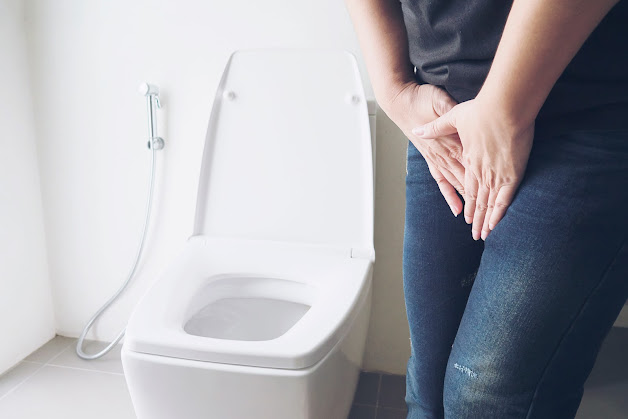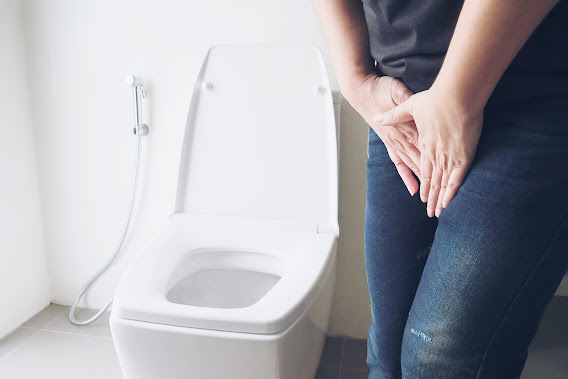Unlock a Better Life: Advanced Urethral Stricture Treatment
Are you struggling with urethral stricture and searching for an advanced treatment option? Look no further! At Regrow, we provide cutting-edge solutions to help you overcome this condition and regain control over your life. In this blog post, we will explore the causes and symptoms of urethral stricture, discuss our innovative treatment approach, and address some frequently asked questions. Read on to unlock a better life with our advanced urethral stricture treatment. Understanding Urethral Stricture Urethral stricture refers to the narrowing of the urethra, the tube responsible for carrying urine from the bladder out of the body. This condition can occur due to various factors, including previous infections, trauma, or congenital abnormalities. Common symptoms of urethral stricture include difficulty urinating, a weak urine flow, frequent urination, and recurrent urinary tract infections. Introducing Regrow's Advanced Urethral Stricture Treatment At Regrow , we have developed an ...

.jpg)

